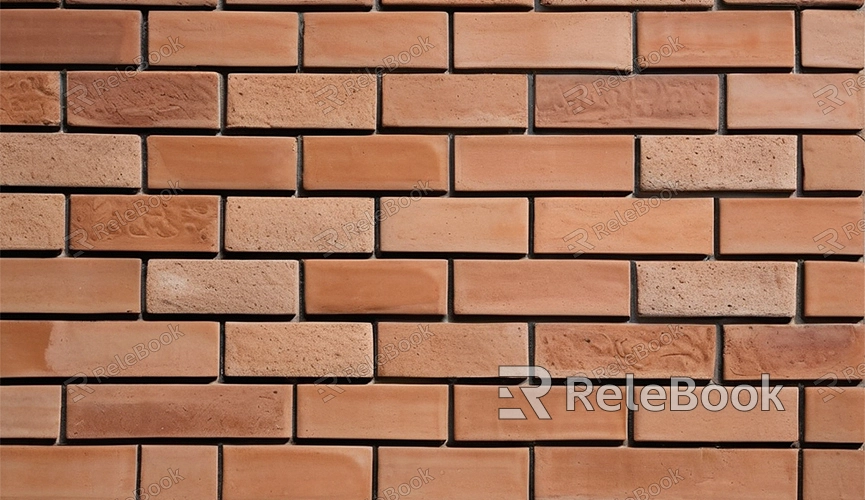Terracotta Texture in Blender
Terracotta texture is a design element used to simulate the texture of terracotta tiles' surfaces. In Blender, by applying terracotta texture, you can give 3D models an antique terracotta texture, enhancing their visual appeal. Terracotta texture serves to increase the visual details and realism of scenes or objects.

Here's a guide on how to use this 3D texture in Blender:
1. Import the Model: Import the model you want to apply terracotta texture to into your Blender project.
2. Import the Texture: Obtain terracotta texture materials, import them into Blender, and apply them to the model's surface.
3. Adjust Mapping: Adjust the texture mapping according to the size and shape of the model to achieve a natural effect on the model's surface.
4. Adjust Material Parameters: Fine-tune material parameters such as color, glossiness, etc., according to actual needs, to achieve the desired terracotta effect.
5. Add Detail: Adjust the detail parameters of the texture to increase the texture and realism of the terracotta surface, making it more lifelike.
Different parameter adjustments yield different rendering effects. Here are some common rendering applications of this 3D texture in Blender:
1. Architectural Decoration: Suitable for architectural facades' decoration, such as walls, roofs, etc., adding a classical and traditional aesthetic.
2. Ancient Artifact Simulation: Used to simulate terracotta surfaces in ancient artifacts or buildings, such as ancient Roman architecture, ancient Greek temples, etc.
3. Pottery Design: Applied in the decoration of pots or garden landscapes to provide a vintage style for plant cultivation.
4. Interior Decoration: Suitable for interior decoration such as walls, floors, etc., creating indoor environments with a sense of history.
5. Sculpture Art: Used in surface texture design for sculpture works, adding rustic artistic charm to the sculptures.
Using this texture for 3D model rendering:
- Enhances Classical Atmosphere: The application of terracotta texture gives models a classical and traditional atmosphere, enhancing the rendering's sense of history and cultural charm.
- Enhances Realism: By adding terracotta texture, the surface of the model looks more realistic and textured, especially when simulating ceramics, bricks, or other terracotta products.
- Scene Design: When creating 3D scenes such as buildings, sculptures, or decorations, terracotta texture can be used to add specific visual effects to walls, floors, or decorations, making them look more natural and historical.
- Material and Texture: In Blender's material editor, you can customize unique terracotta effects by blending different textures and colors. This technique allows artists and designers to simulate various types of terracotta surfaces, from newly made smooth surfaces to old, worn appearances.
The application of terracotta texture in Blender provides unique effects for the design of 3D models. By adjusting parameters and applications, we can add antique terracotta effects to model rendering. When using terracotta texture, it is important to consider its proportion to the model and the lighting conditions of the environment to ensure that the texture correctly enhances the model's visual effects. If you need high-quality 3D textures and HDRI, or 3D model downloads, you can download them from Relebook. After downloading, simply import the textures and 3D models into your project for immediate use.

